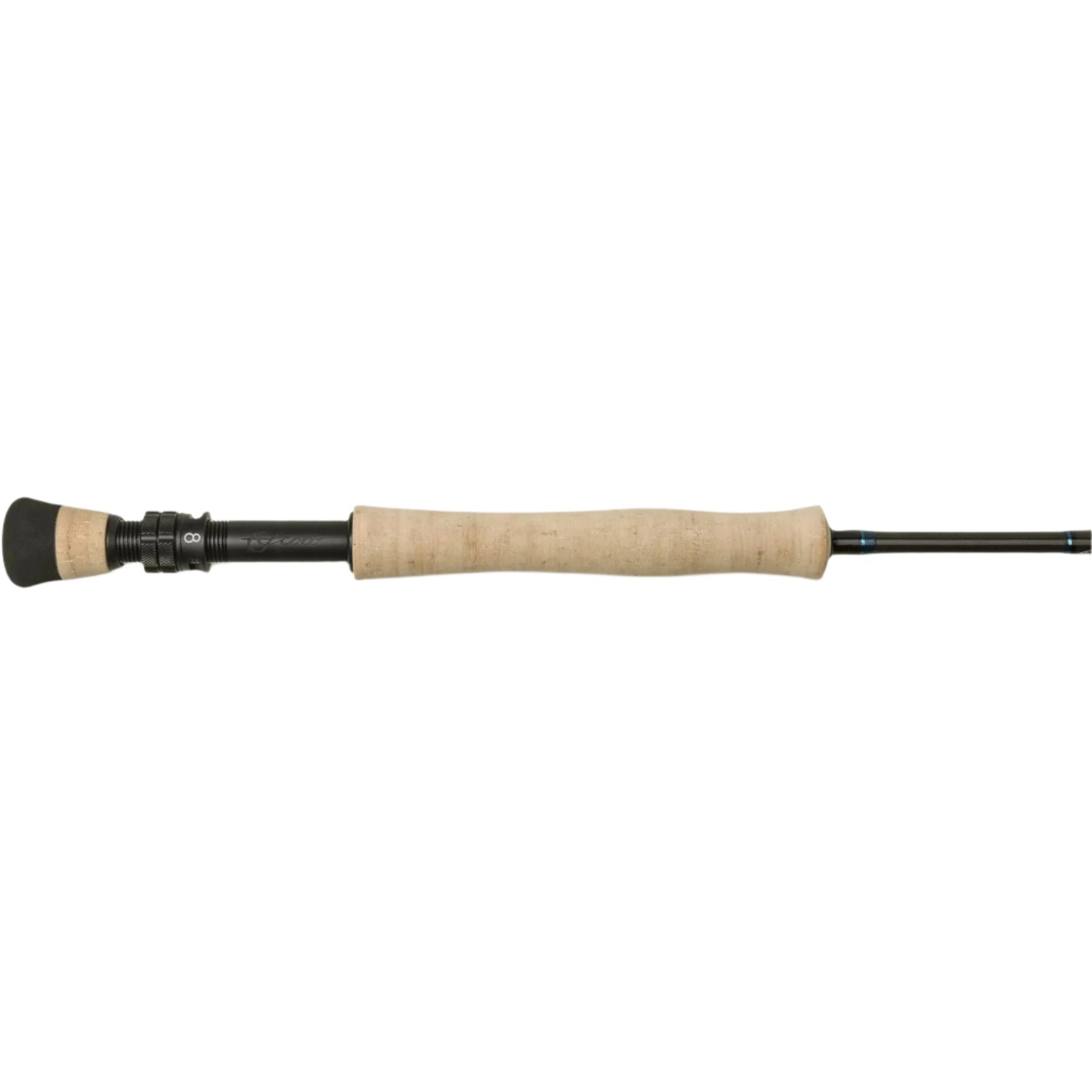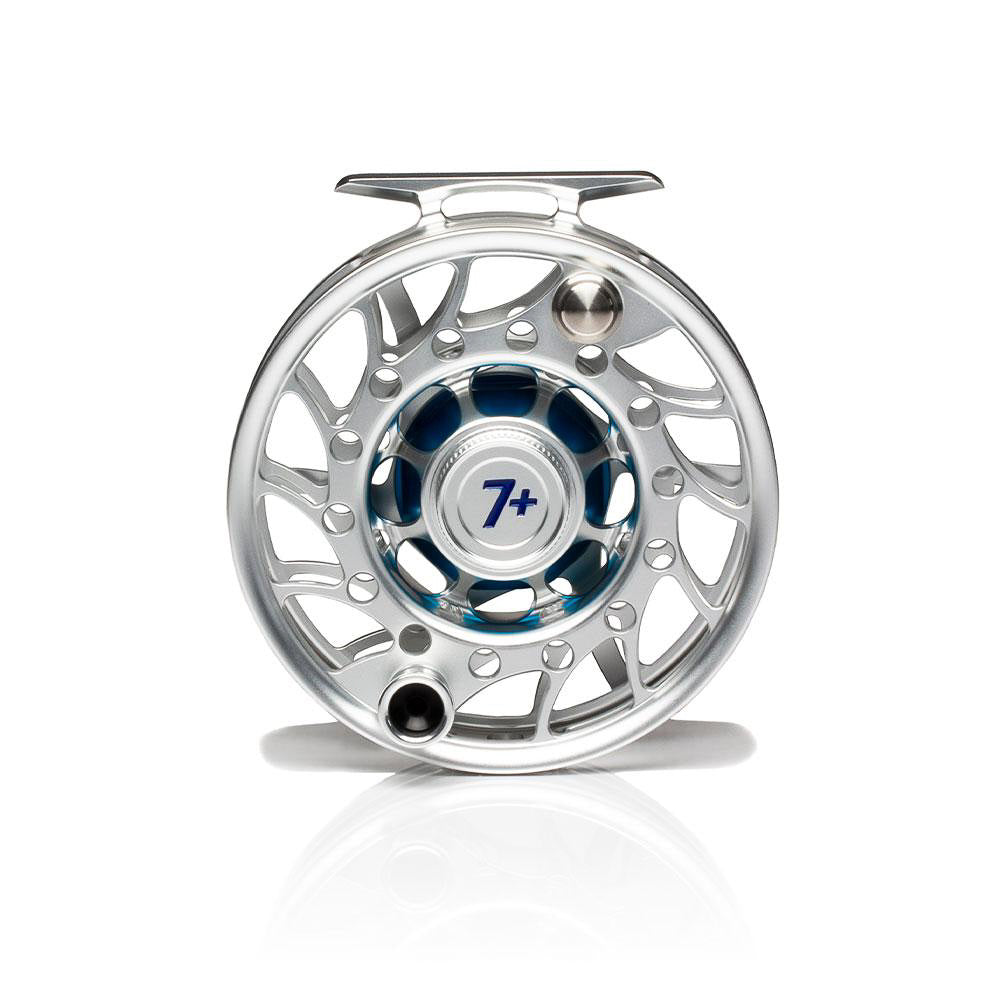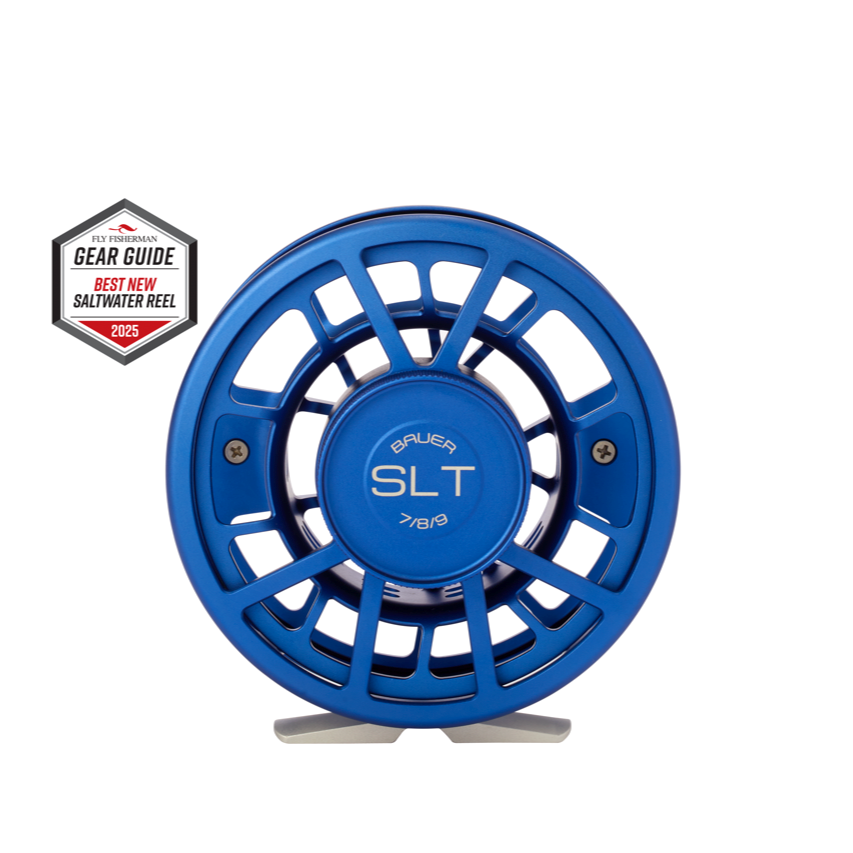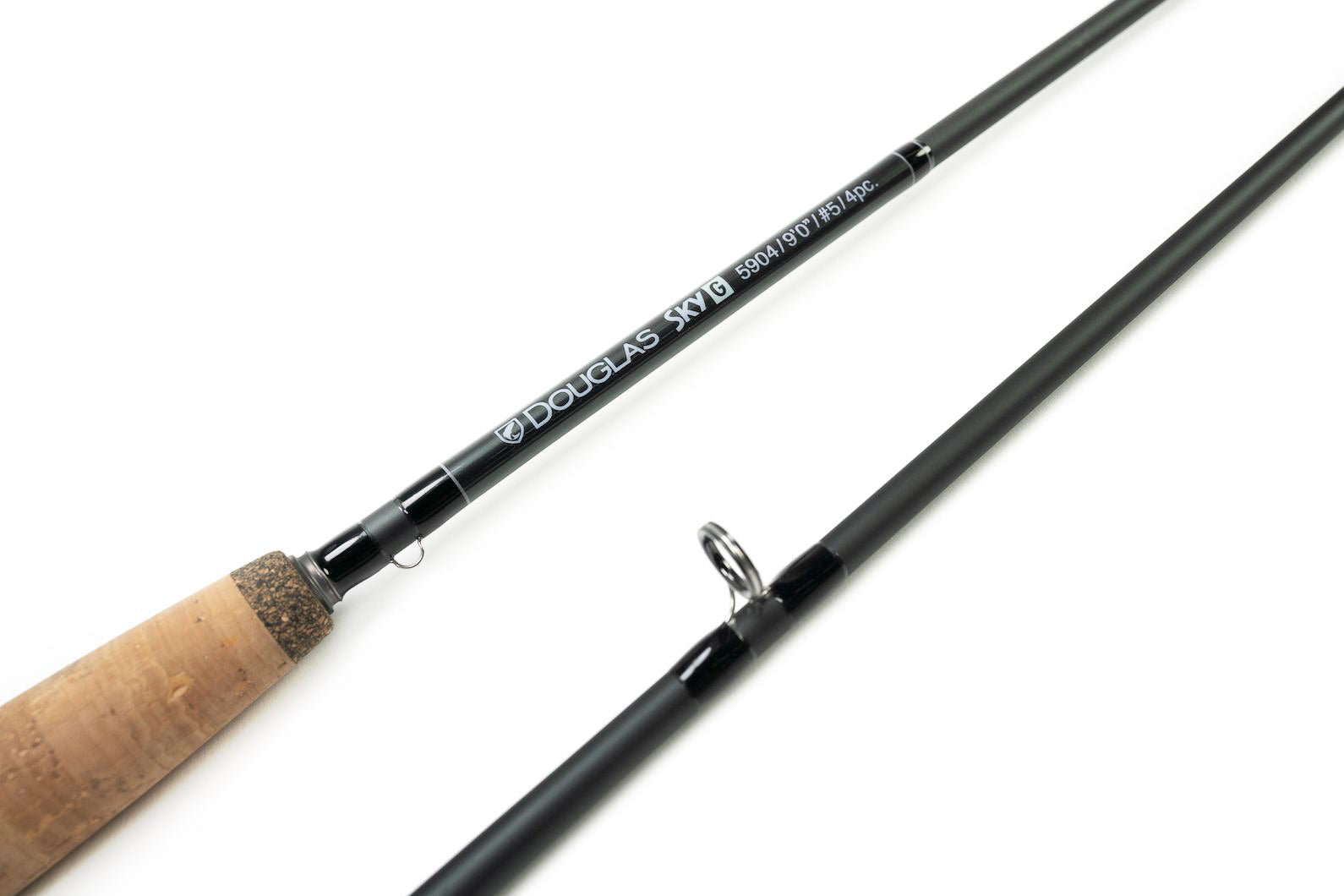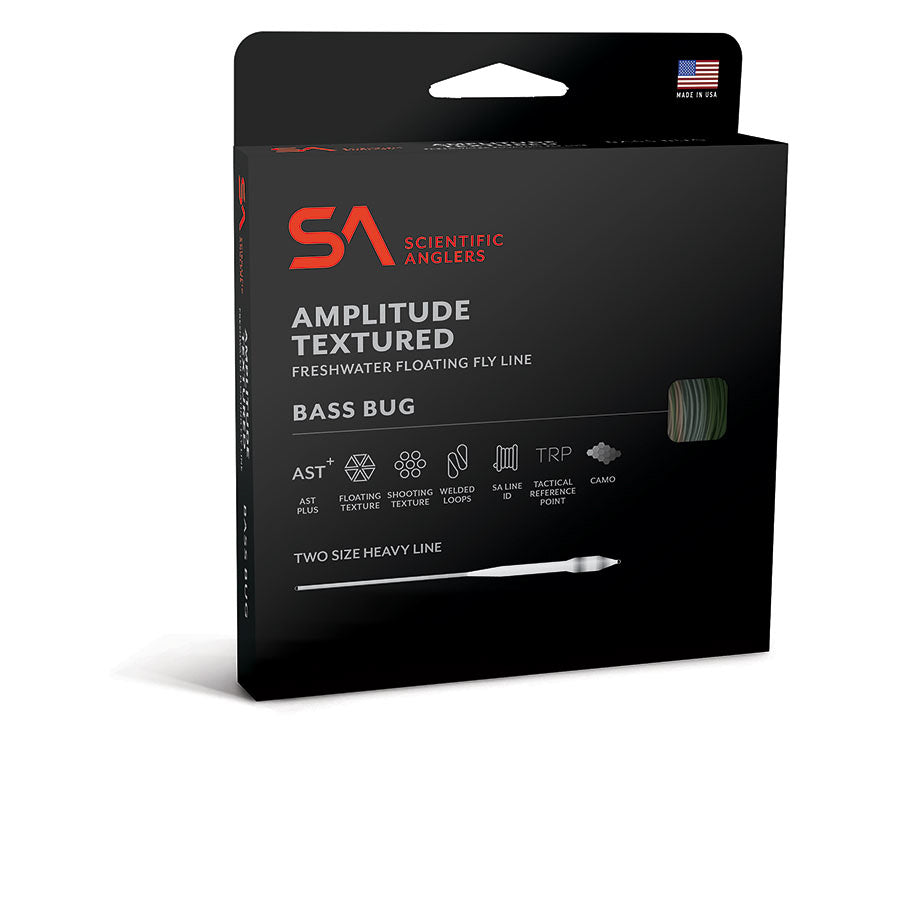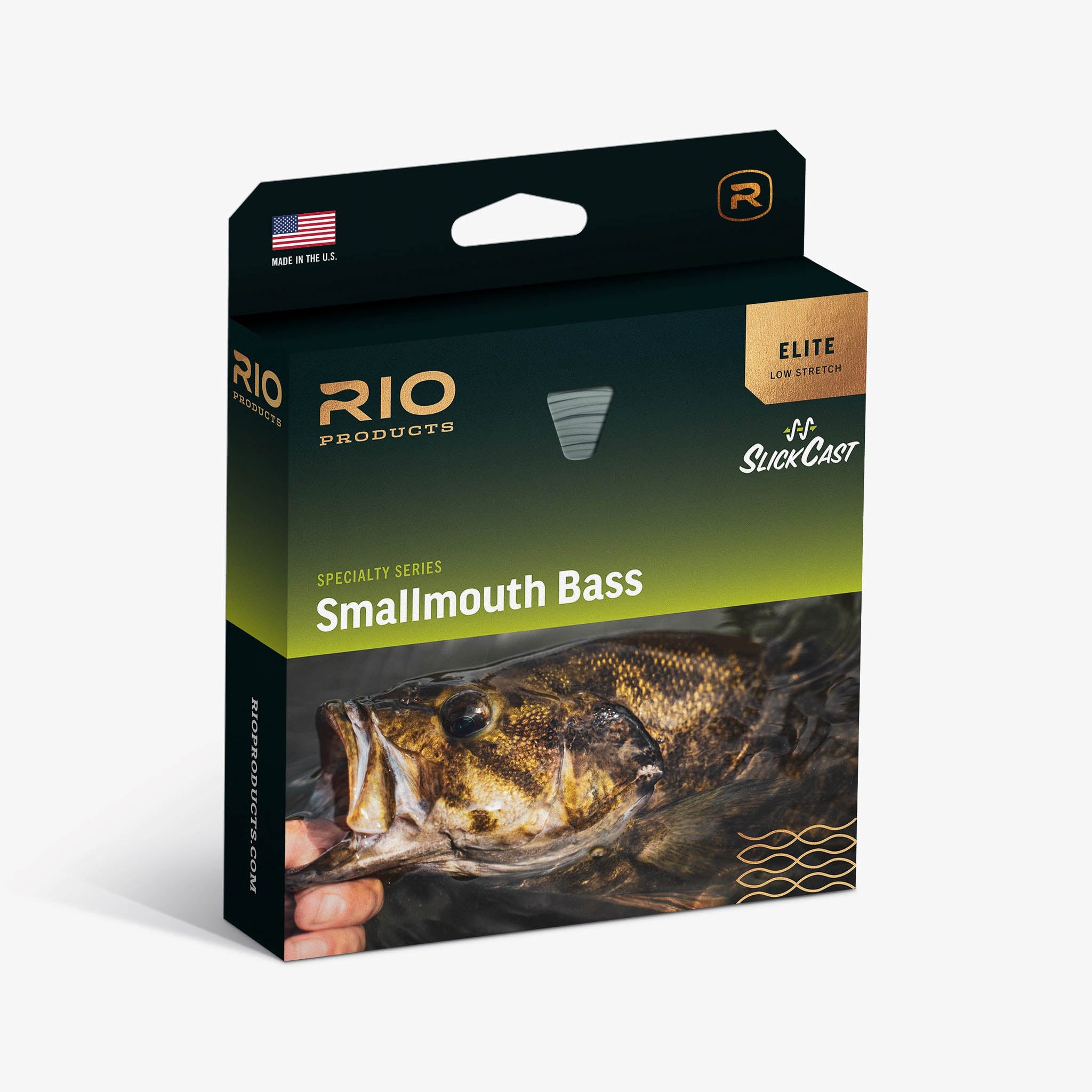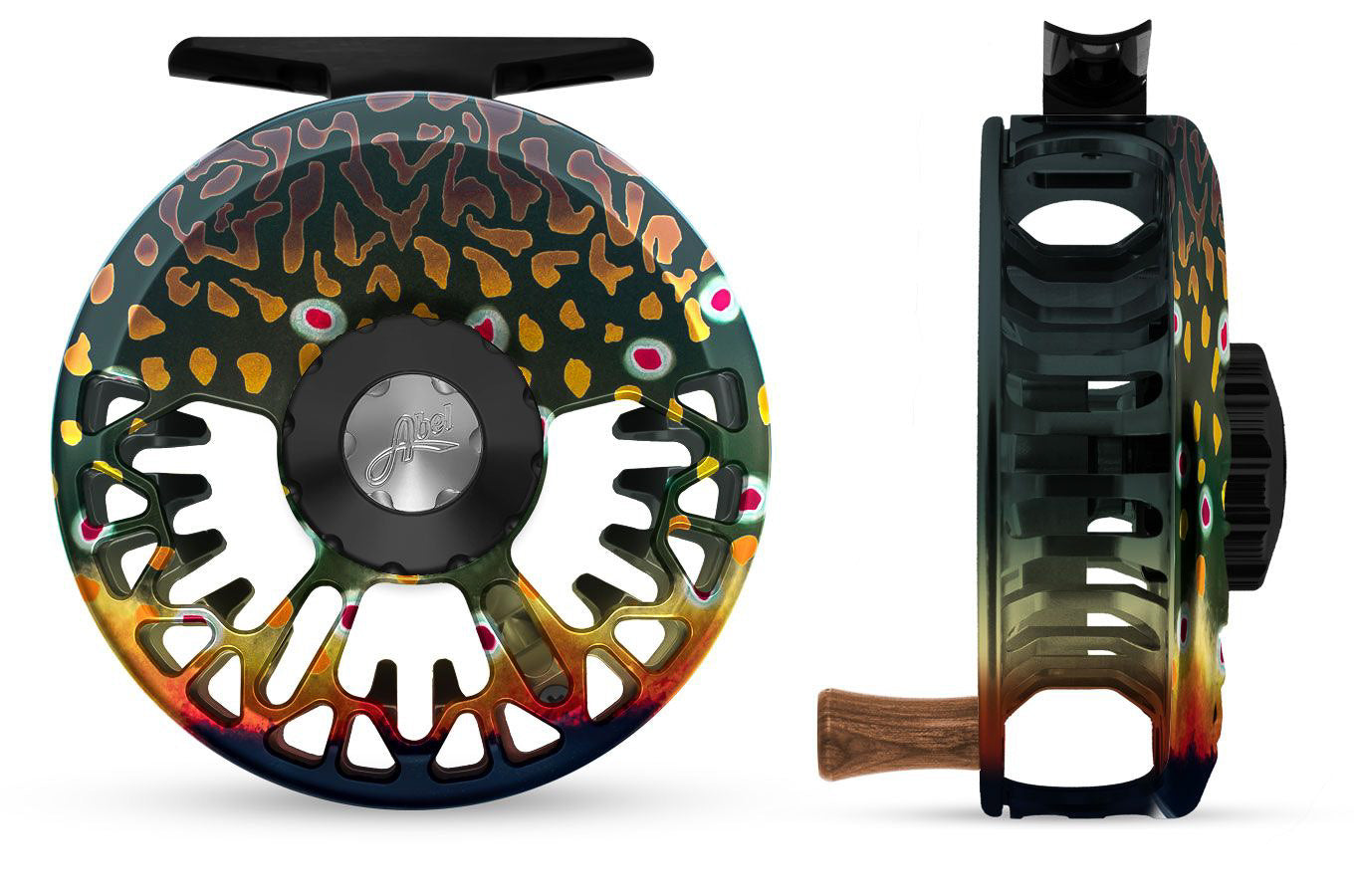Winter Fly Fishing: Embrace the Cold
Winter fly fishing may not be for everyone, but for those who embrace the chill, it offers a unique and rewarding experience. The crisp air, serene landscapes, and the thrill of landing a fish when most anglers are tucked indoors make winter fly fishing an adventure like no other. In this blog, we’ll dive into why winter fly fishing is worth considering, the challenges it presents, and how to gear up for a successful day on the water.

Why Winter Fly Fishing?
Winter fishing is often overlooked, but it offers distinct advantages. While many anglers are hibernating during the colder months, the fish are still active—just in different ways. Here are a few reasons why you should consider winter fly fishing:
-
Less Crowded Waters
One of the most obvious perks of winter fly fishing is the peace and quiet. While everyone else is waiting for the summer crowds to dissipate, you'll have the rivers to yourself. The tranquility of a winter stream, surrounded by snow-covered trees and frozen landscapes, is nothing short of magical. -
Better Fishing Conditions
Cold weather can actually slow down fish metabolism, making them less active but more deliberate in their feeding. They’re more likely to hold in deeper, slower-moving water, which can make them easier to target. With fewer insects hatching, fish are more likely to take your fly if it’s presented properly. Plus, winter runs of fish—like steelhead, trout, and salmon—can be some of the most rewarding of the year. -
Big Fish
In some regions, winter is when you’ll encounter the biggest fish of the year. Steelhead, for example, often enter rivers in winter, making it prime time for chasing these powerful fish. The lack of other anglers means less competition for the biggest fish in the stream, making winter an ideal time for catching that trophy.

Challenges of Winter Fly Fishing
While winter fishing offers rewards, it also comes with its own set of challenges. Cold water, frigid air, and shorter daylight hours can make winter fishing tricky. But with the right mindset and preparation, you can overcome these obstacles.
-
Cold Water
Fish are less active in cold water, so you’ll need to adjust your techniques. Fish often move to deeper pools and runs where the water is slightly warmer. In these areas, you’ll need to use heavier flies or split shots, and longer drifts to get down to the fish. Patience is key. -
Shorter Days
Daylight hours are much shorter in the winter, so time on the water is limited. You’ll need to plan your fishing trips carefully, making the most of the available light. Depending on your location, the hours between 10am to 3pm tend to be the most productive times for catching fish. -
Unpredictable Weather
Fishing in frigid conditions can be uncomfortable if you’re not properly prepared. Exposure to the elements can make it harder to concentrate on fishing when you’re too cold to think. Dressing in layers, using breathable waders, and keeping extremities warm are essential to staying comfortable.

Gear Up for Winter Fly Fishing
Having the right gear is crucial to a successful winter fishing trip. Here's what you'll need to stay warm, comfortable, and effective on the water.
-
Breathable Chest Waders
Waders are a must, as they’ll keep you dry and shield you from the icy waters. Breathable chest waders are ideal because they allow moisture to escape while trapping warmth inside. Look for waders with insulation or wear a pair of thermal socks underneath for added warmth. Our staff love zippered waders. You're already wearing several layers. So when Mother Nature calls, having zippered waders just makes things a bit more convenient. Our favorites are the Patagonia Swiftcurrent Expedition Zip waders and Simms G4Z. -
Layered Clothing
The key to staying warm in cold weather is layering. Start with a moisture-wicking base layer (think merino wool or synthetic fabrics) to keep sweat off your skin. Follow with a mid-layer for warmth (fleece or down) and finish with a windproof or waterproof outer layer. A wading jacket is also essential to protect you from the elements and give you easy access to your gear. The Simms Thermal 1/4 Zip Top and Patagonia R2 Tech Pants are a great combo. Either a Simms G3 Guide or Patagonia SST wading jackets will keep you warm and dry. -
Gloves and Hat
Keep your hands and head warm with a good pair of fingerless fishing gloves (to allow for easier casting and handling) and a warm hat or beanie. You can always use hand warmers inside your gloves for extra heat. Wet fingers equate to cold fingers. I have a stockpile of nitrile gloves in my pack to wear underneath wool fingerless gloves. The nitrile gloves keeps your hands dry and upon landing a fish, provide a better grip. They don't harm the beneficial slime on fish due to being rubber based. The Simms Gor-Tex Infinium Wind Beanie will keep your head warm. If you prefer a cap, try the Simms Wool Trout Icon Hat. -
Rod and Reel
For winter fly fishing, choose a rod that’s versatile and can handle both streamers and nymphs. A 9 foot 5-7 weight rod is a good all-around choice. For steelhead, a 9 foot 8 weight or 10 foot 7 weight are ideal. If you are chasing steelhead, ensure you choose a reel with a good drag to handle the power of large fish. Additionally, make every attempt to never dunk your reel. Once the backing, line, and drag system freezes, you will have numerous issues with the reel. Douglas Sky G 9' 5wt and Sage R8 Core 10' 4wt rods are a favorite for trout rods. Sage R8 Salt 9' 8wt's are a favorite for steelhead. Abel SDS and Hatch Iconic reels are staff favorites.

Techniques for Winter Fly Fishing
When the temperatures drop, your fishing techniques need to adapt. Here are a few tips for winter fly fishing success:
-
Slow Down Your Presentation
Fish in cold water are sluggish, so your flies need to be presented slowly and deliberately. Use a long, slow drift with minimal movement to entice fish into taking your fly. Lengthen your leaders (10-12 feet) and downsize your tippet (6-7x) can greatly enhance your success. -
Focus on Deeper Pools
During winter, fish tend to move to the deeper parts of the river where the water is warmer. Focus your attention on deep pools, tailouts, and slow, deep runs where fish are likely holding. -
Fly Selection
Streamers and egg patterns can be very productive flies in winter. Steelhead, trout, and salmon often key in on eggs during the colder months. Nymphing with small midges is also highly productive. Some tailwaters will still have BWO or midge hatches. Regardless of the air temperature, midge larvae will still be active. They will make up the majority of a trout's diet during the colder months. Zebra midges, Blood midges, Brassie's, Top Secret midges, Black Beauty midges, and Bling midges in sizes 18-26 are all winter proven patterns. -
Be Prepared to Wait
Winter fishing can test your patience. Fish are less active, and it can take longer to get a bite. But the rewards can be great when you land that big fish after a few hours of careful casting.


Winter Fly Fishing: A Rewarding Challenge
Winter fly fishing offers a quiet, peaceful alternative to the summer crowds. With fewer anglers on the water, the chance to catch larger fish, and a unique sense of solitude, winter fishing is an adventure that every fly angler should experience. With the right gear, techniques, and mindset, you can make the most of this magical time on the water.
The cold may make you work harder, but the rewards—pristine landscapes, a peaceful river, and the thrill of a winter catch—are well worth the effort. So, grab your gear, embrace the chill, and discover why winter fly fishing is one of the most rewarding experiences in the world of fly fishing.






